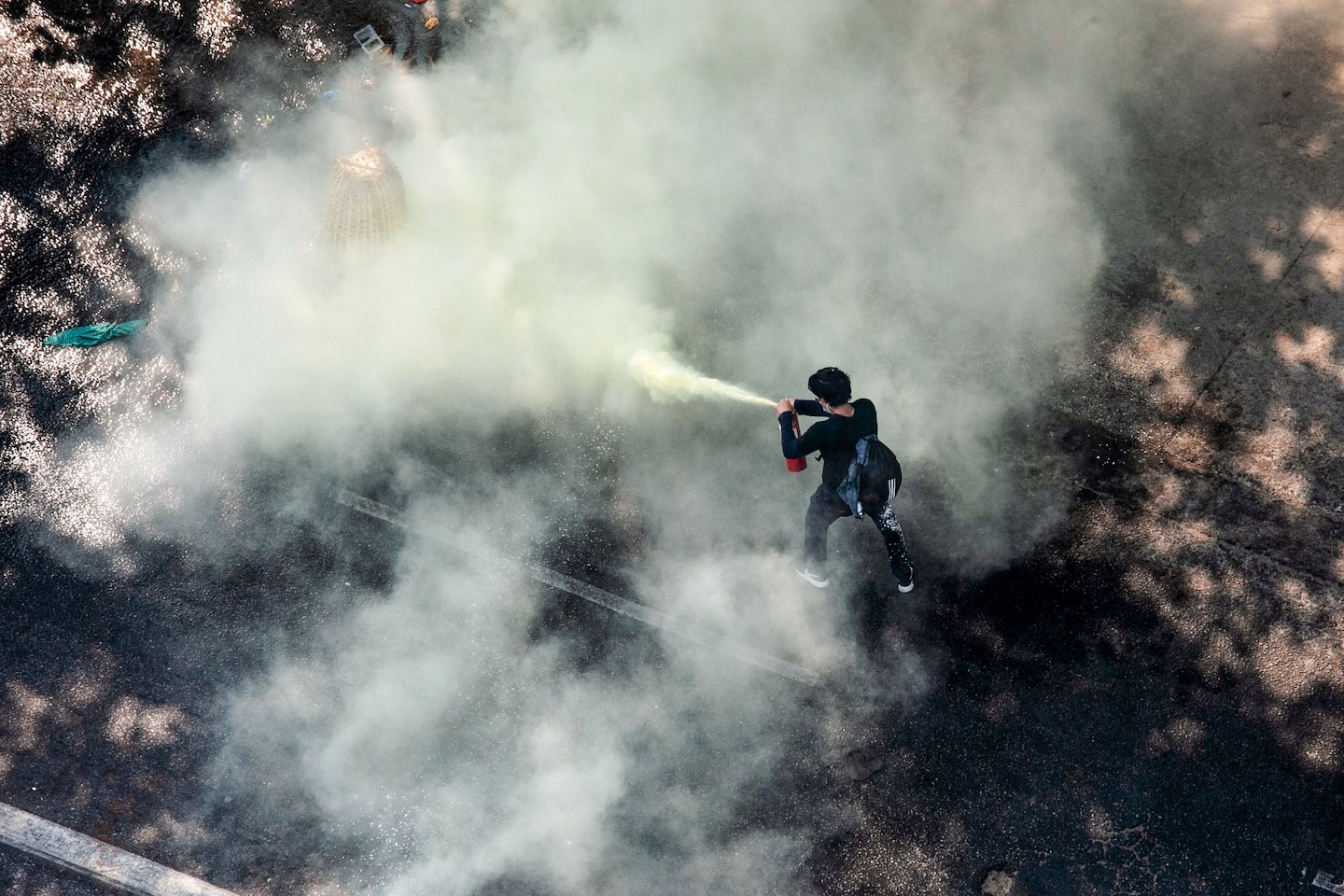Myanmar security forces open fire on protesters, killing at least 18, according to U.N.

The United Nations’ human rights office said at least 18 people died and 30 others were wounded in several cities across the country, including Yangon, Dawei, Mandalay and Bago. Deaths, the office said, occurred “as a result of live ammunition fired into crowds.”
“Use of lethal force against non-violent demonstrators is never justifiable under international human rights norms,” the office said.
A protester who was in the Yangon neighborhood of Hledan when police opened fire said they gave only one short whistle blast as a warning and immediately began shooting.
“First they shot with real bullets, then tear gas. Later they used rubber bullets,” the protester said, identifying himself by part of his name, Yan, out of fear of retaliation from security forces.
He said he saw a man shot in the head who he believed had died, along with six others suffering from gunshot wounds.
“Now people are regrouping and protesting again,” Yan said about 1 p.m. local time, saying the violence has made protesters “angrier” rather than scared.
Mass protests began soon after the military’s seizure of power and arrest of State Counselor Aung San Suu Kyi, whose National League for Democracy party won reelection in a landslide in November. The military refused to recognize the election results, alleging voter fraud.
Sunday’s violence marks a significant escalation, particularly in Yangon, which had largely avoided a severe crackdown, even as protesters were killed in other parts of the country. One man was shot dead by police in Yangon’s Shwe Pyi Thar township on Feb. 21 during a civilian neighborhood watch patrol, but this is the first time people died during protests.
Confrontations with police in downtown Yangon began with a crowd forming around a prison truck transporting a group of students who had been arrested. The protesters advanced toward the police line, which then charged, sending people scurrying down different side streets.
Police then began firing stun grenades as protesters took shelter in homes and shops. At one point, a middle-aged protester walked back into the street, facing the police alone. “Shoot me, don’t shoot the young people!” he shouted.
Later, a group of teachers and lawyers assembled outside the Kyauktada police station, where the students were being held. “There are 16 students in the station and in the car maybe more than 17,” said a foreign-language teacher, who spoke on the condition of anonymity for fear of retaliation. “Almost all of our students have been arrested.”
The teacher explained that lawyers were trying to negotiate with the police not to send the students straight to Insein Prison, an increasingly common practice as arrests mount.
The Assistance Association for Political Prisoners said, since the coup, over 850 people have been arrested, charged or sentenced.
Meanwhile, the city’s Myaynigone neighborhood, a hip enclave of bars and cafes, has been transformed into a battleground with barriers erected on major roads to slow down police, along with spikes and slicks of diesel.
As reporters entered the area, lookouts called down from balconies to warn them about the obstacles.
One of the barricades was manned by a group of software engineers, including one who identified himself as Thiha. He asked that his full name not be used out of concern for authorities and said that police had fired tear gas, rubber bullets and stun grenades at them earlier in the day.
“I was crying a little bit, but [the gas] didn’t affect me too badly because I was far away,” he said, adding that he and his friends were protesting “for freedom” and for the future of his career.
“Everything we worked for is blocked without a VPN,” he said, referring to the junta’s strict Internet restrictions.
Deeper in the neighborhood, protesters in hard hats, some armed with bats and steel rods, milled around, singing and chanting. Some handed out boxes of food, with phrases like “the revolution must succeed” scrawled on the plastic foam.
Protesters later said the police advanced on their area again and dispersed people.






